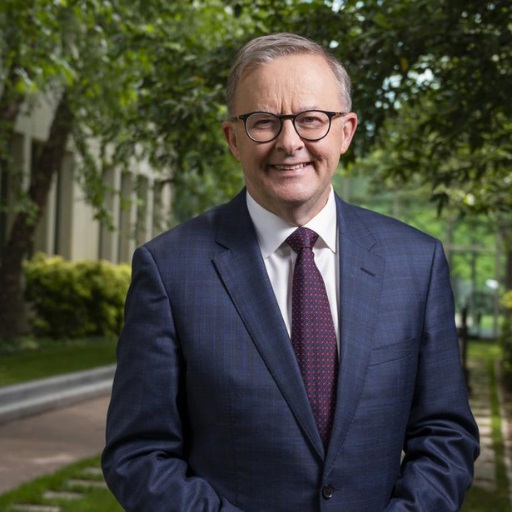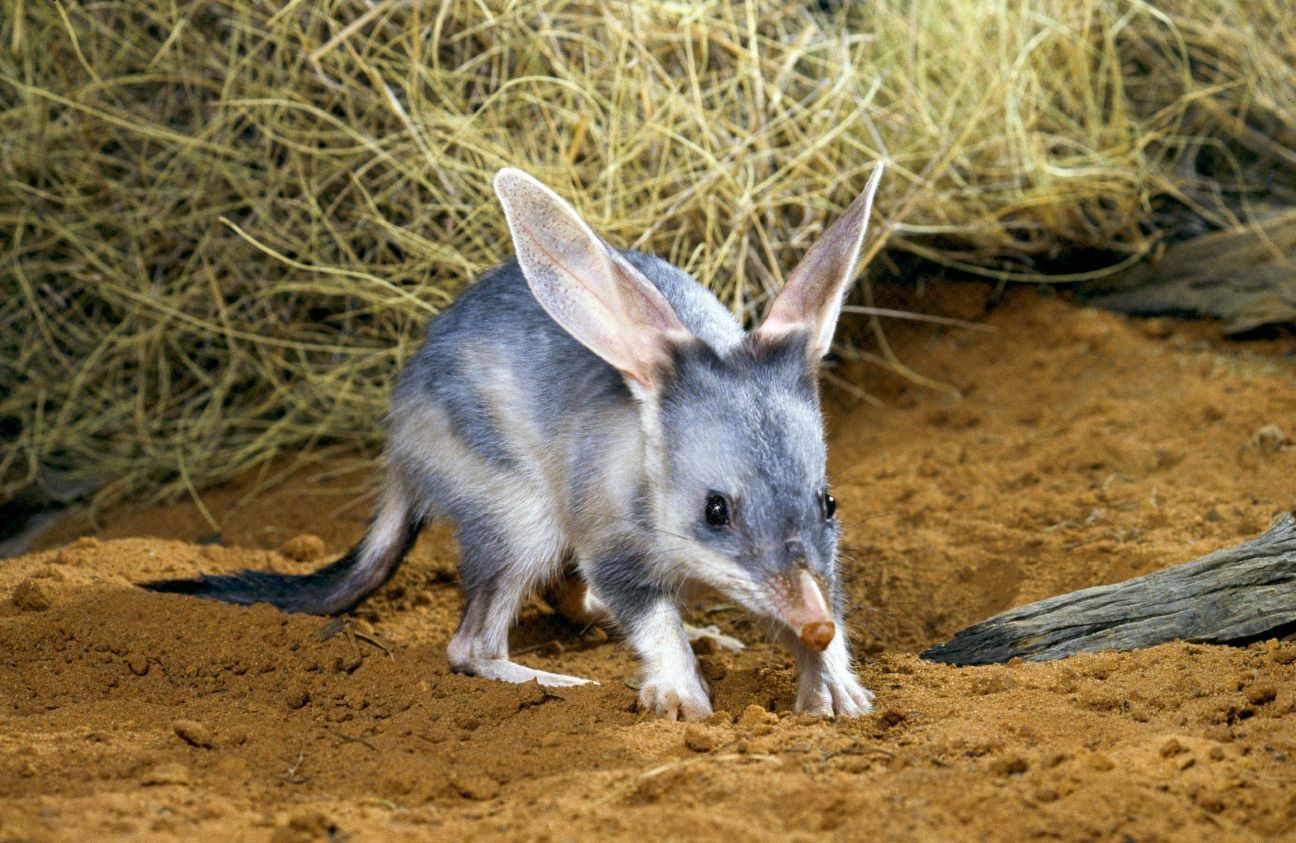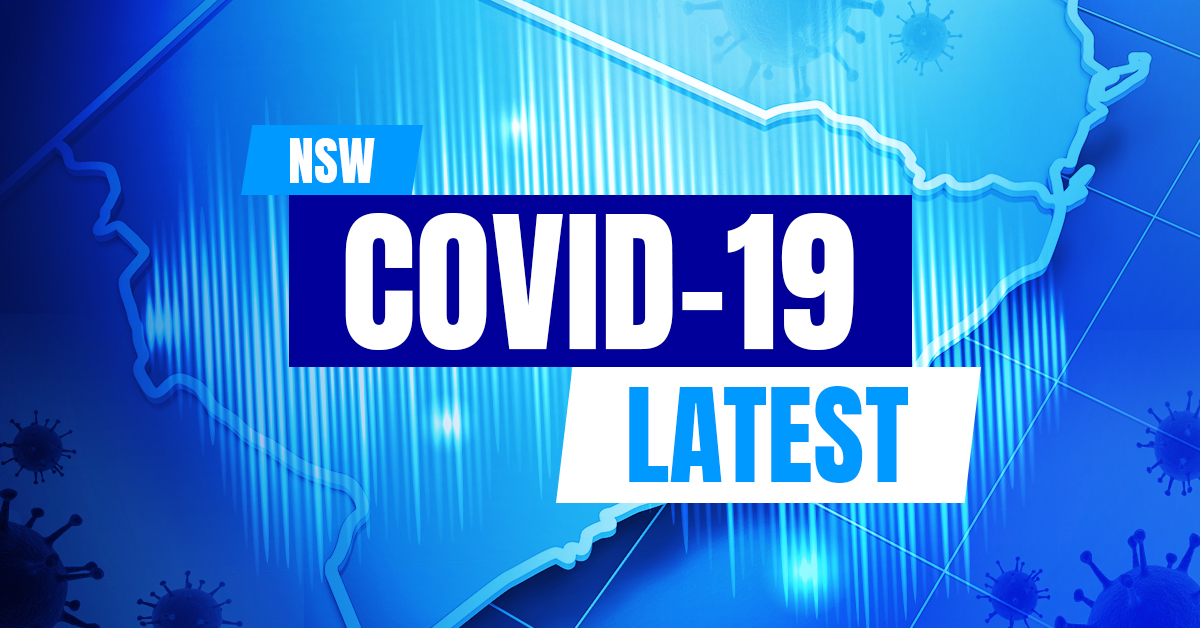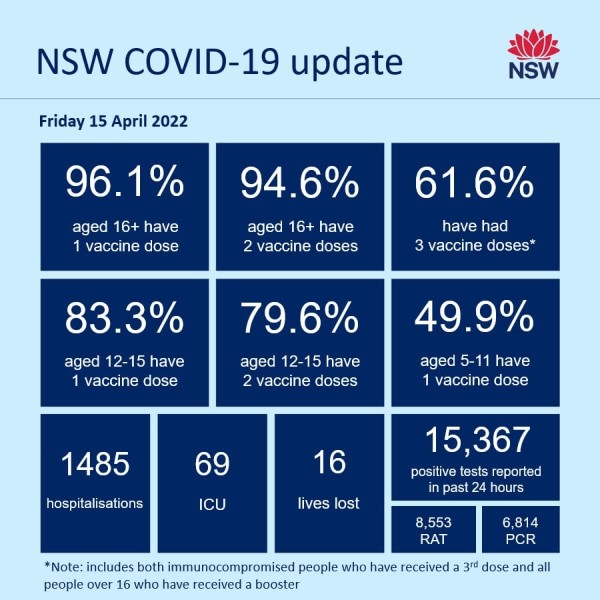Selected
- Details
- Written by Grant Broadcasters
- Category: Selected
- Hits: 111

Victorian health authorities are monitoring the new BA.4 or BA.5 Omicron variant after samples were confirmed in a Tullamarine catchment, north of Melbourne.
The sub-variant has been recently detected in a small number of COVID-19 cases in South Africa, Botswana, Belgium, Denmark, the UK and Germany.
The World Health Organisation says there are currently no known significant epidemiological differences between the new Omicron strain and the more dominant BA.2 strain.
"There is no cause for alarm with the emergence of the new sub-variants," WHO regional director for Africa Dr Matshidiso Moeti said this week in a statement.
"We are not yet observing a major spike in cases, hospitalisations or deaths."
It came as some 46,693 new COVID-19 cases were reported in Australia on Friday.
The national daily figure could be higher as ACT Health did not report the territory's case numbers.
There were at least 34 COVID-19 deaths in Australia, while some 2982 people are in hospital with the virus.
© AAP 2022
- Details
- Written by Grant Broadcasters
- Category: Selected
- Hits: 147

A national anti-corruption commission will be legislated by the end of the year if a Labor government is elected on May 21.
The pledge from Opposition Leader Anthony Albanese comes as the Morrison government seeks to clarify its own position on the issue.
Prime Minister Scott Morrison promised at the 2019 election to establish a national integrity commission but did not subsequently introduce legislation to parliament. The establishment of a watchdog is fast turning into an election issue as voters call for increased transparency and accountability of political decision-making.
The prime minister this week argued the Liberals' model did not have enough support to pass parliament, adding that he would not introduce a so-called kangaroo court.
Government frontbenchers Stuart Robert and Simon Birmingham on Friday insisted the coalition would try again to establish a corruption watchdog.
Mr Albanese said electing a Labor government was the only way to ensure it would happen.
"Mr Morrison has delayed and obfuscated for over three years - and then this week it became clear he has absolutely no intention of honouring his promise to deliver a national anti-corruption commission at all," he said.
"So the question for Mr Morrison is - why do you fear an anti-corruption commission? What is it you're afraid they will find?"
The prime minister is meanwhile promising additional support for agricultural shows and field days disrupted by the COVID-19 pandemic.
Mr Morrison said the $2.8 million funding package would assist events cancelled this year, as well as events cancelled last year that did not apply for previous assistance.
"We've all missed our big royal shows and our local ag festivals and this investment is about ensuring we don't lose them," he said.
"These events aren't just about showbags, rides and competitions, they bring regional leaders together to share skills and experience and they open doors for new jobs and investments."
Agriculture Minister David Littleproud said agricultural shows and field days contributed more than $1 billion to the economy every year.
Both leaders will resume their pitch to voters today after honouring an election truce on Good Friday.
The campaign is expected to pause again on Easter Sunday.
© AAP 2022
Image: NSW ALP
- Details
- Written by Grant Broadcasters
- Category: Selected
- Hits: 121

Australia's own version of the Easter Bunny, the bilby, is on the comeback trail after being pushed to the verge of extinction
The pint-sized marsupial, which has soft grey fur, long ears and pointed snout, is classified as vulnerable to extinction in the wild.
But it's experiencing a population boom inside a series of predator-free havens, the Australian Wildlife Conservancy says.
The nocturnal forager's numbers have grown from about 1230 animals last year to around 1480 within five protected areas across the country.
AWC protects about 10 per cent of Australia's remaining bilby population, which is estimated at around 10,000 individuals.
Once found as two species before the 1960s, the omnivore inhabited an estimated 70 per cent of the continent before European settlement.
But it's been decimated by feral foxes and cats, and habitat loss, with its range reduced to less than a quarter of that area.
AWC's annual census surveyed sanctuaries north of Perth at Mt Gibson, Yookamurra outside Adelaide and Scotia, Pilliga and Mallee Cliffs in NSW.
Increased rainfall during the second year of La Nina has helped replenish swathes of Australia's arid interior, providing good conditions for breeding.
There's also evidence the uptick in bilby numbers reflects the success of AWC's rewilding program.
Bilbies made a historic return to its 9570-hectare precinct at Mallee Cliffs National Park in southwestern NSW in October 2019.
Prior to the relocation, the mammal had been absent from the area for over a century but the population thrived in its former range, doubling within six months to 108 individuals by July 2020. It currently stands at 116.
Mt Gibson in Western Australia's Wheatbelt joined the fight to save the species in 2016. Between 2016 and 2018, 56 individuals were released inside the 7800-hectare haven.
Bilbies returned to the Pilliga State Conservation Area in northern NSW in late 2018 after being absent from the landscape for more than 100 years.
Sixty were released into the 680-hectare precinct and more than doubled to an estimated 155 animals in late 2021.
"We're expecting the population to continue to grow because conditions in the Pilliga are so good with all the recent rain," ecologist Vicki Stokes said.
"It is such a delight to see all the bilby diggings and burrows as you walk through the forest."
Bilbies are important ecosystem engineers. A single animal can turn over up to 20 tonnes of topsoil in a year as they dig burrows up to three metres long.
They eat a broad diet consisting of insects, seeds, bulbs, fruit and fungi.
Scotia Wildlife Sanctuary in western NSW is home to the largest population of bilbies inside the AWC sanctuaries.
The population within the 8000-hectare site regularly climbs above 1000 animals during boom periods when conditions are optimal.
Bilby numbers have remained steady at South Australia's Yookamurra Wildlife Sanctuary over the last 12 months, with the population estimated at 80 individuals compared to 83 individuals 12 months ago.
AWC expects to protect up to 5000 bilbies within a decade.
© AAP 2022
Image: Queensland Department of Environment and Science
- Details
- Written by NSW News
- Category: Selected
- Hits: 123

There were 15,367 positive test results notified in the 24 hours to 4pm yesterday – including 8,553 positive rapid antigen tests (RATs) and 6,814 positive PCR tests.
The positive PCR results were returned from a total of 40,114 PCR tests.
- Three people were from Broken Hill,
- Two people were from Sydney’s Inner West,
- Two people were from Sydney’s south west,
- One person was from Western Sydney,
- One person was from Sydney’s north,
- One person was from the Northern Rivers,
- One person was from the Mid Coast,
- One person was from the Hunter region,
- One person was from the Lake Macquarie area,
- One person was from the Central West,
- One person was from Queanbeyan and
- One person was from the Coffs Harbour area.

Page 58 of 191